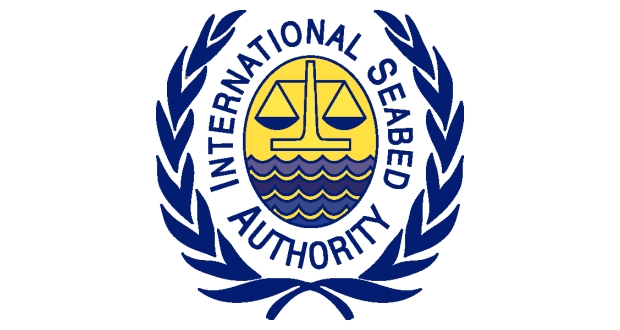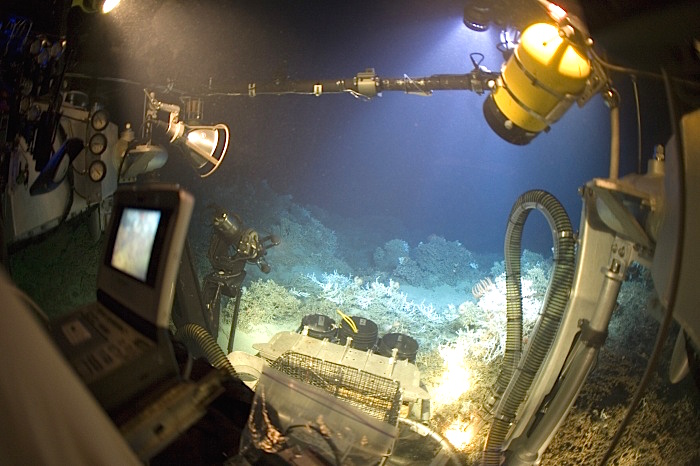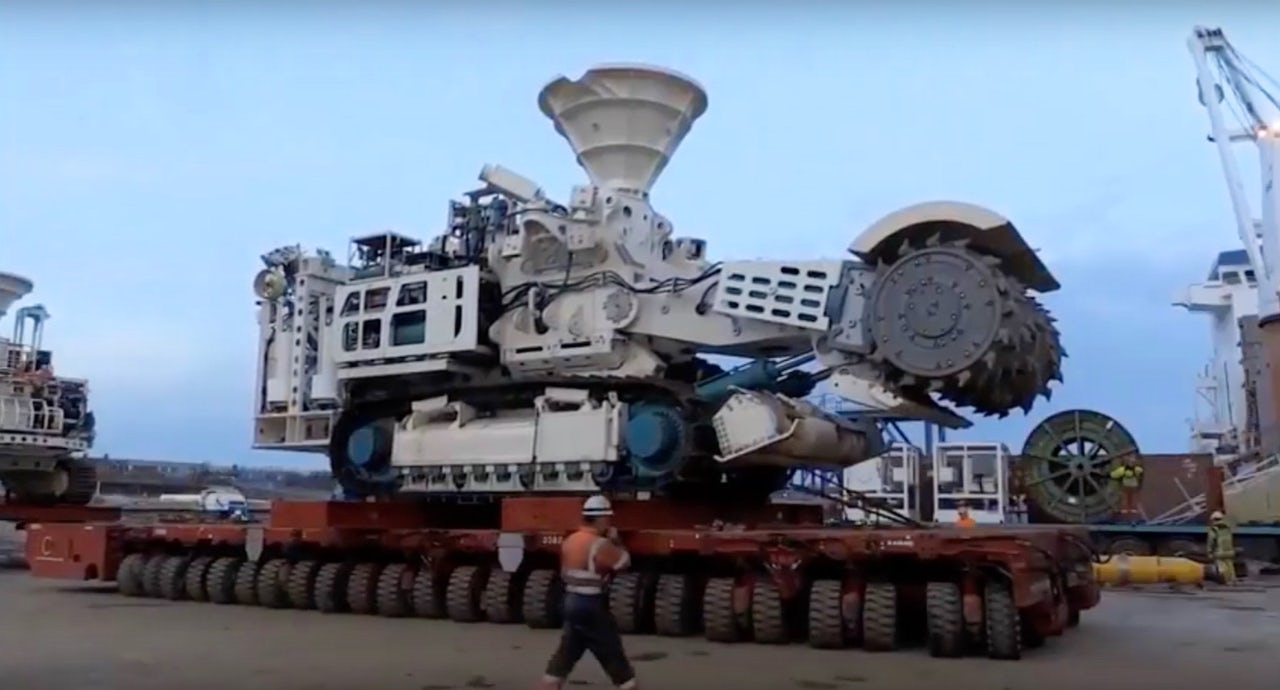As the ocean becomes increasingly industrialized, governments are starting to rely on a strategy long deployed with mixed results to mitigate the destruction of habitats on land: offsets. The idea is make up for the loss of biodiversity from development by creating or rehabilitating habitat elsewhere.
Now researchers have called into question the efficacy of marine offsets after reviewing 42 development projects in Australia. The findings are more than academic. As nations move to mine unique seabed habitats for valuable minerals, offsets are likely be proposed to gain approval of such projects.
The researchers’ peer-reviewed study published in the journal Ocean & Coastal Management concluded that ocean biodiversity offsetting in Australia appears to be a poorly managed and opaque process held to standards that are too lax to prevent a net loss of biodiversity.
As part of their research, the authors reviewed Australian marine development projects affecting subtidal habitat. The projects included dredging, port and marina development, cable laying, aquaculture and desalination plants. To offset the ecological damage of their projects, the developers were required to, among other things, rehabilitate or enhance developed habitats, manage activities affecting biodiversity, protect or finance research on at-risk habitats and species or create environmental education programs.
But the researchers did not find any explicit metrics that would measure success in offsetting biodiversity loss from many of the development projects. In fact, just 14 percent of the offsetting projects could clearly quantify their benefits in relation to a development’s negative impact on an ecosystem, raising questions about their design, according to the study.
“Without quantification of the impact, it’s impossible to understand what no net loss – offsetting success – would even look like,” said study coauthor Holly Niner, a PhD candidate at University College London in Adelaide, Australia. “I was also surprised by the lack of explicit detail of what offsetting success might look like.”
Most of the biodiversity offsetting projects involved negative impacts on sea grass, which is a protected species in all Australian states and territories. About half of those projects considered biodiversity offsets that involved replanting lost sea grass. That could be because sea grass has been relatively well studied and simple to monitor.
Other species, such as turtles and marine mammals, have more complex ranges and life cycles that are less well understood. The study’s authors found that development projects affecting these animals tended to use offsets that were more indirect, such as education, research or contributions to conservation funds. As a result, the researchers say it was much harder to tell if these offsets were effective in preventing a net loss of biodiversity.
Niner said some advocates argue that offsets are detrimental on the whole because they reframe how environmental damage is considered. “Most important is that offsets are used honestly and are not used to mask biodiversity losses,” said Niner.
The debate is likely to intensify as the United Nations-chartered International Seabed Authority develops regulations to permit the mining of the deep sea for copper, cobalt and other minerals. The areas targeted for mining are also home to rare habitats and species and have barely been explored. At the seabed authority’s annual meeting in Jamaica in August, one observer proposed that the destruction of deep-sea habitats could be offset with programs to preserve or enhance coastal reefs.
That drew a sharp response from Kristina Gjerde, a high seas adviser to the International Union for Conservation of Nature (IUCN). “A tropical reef for the loss of biodiversity in the deep sea is so ambiguous as to be scientifically meaningless,” she said. “And compensating loss of biodiversity in international waters for biodiversity in national waters could constitute a transfer of wealth in violation of international law. Given the prospect of industrial activities in the deep sea, it’s hard to see how compensation would work.”
In 2016, the IUCN set forth its Biodiversity Offsets Policy, a framework providing guidance as to where offsets are, and are not, an appropriate conservation tool. According to the policy, developers should follow a “mitigation hierarchy” where development projects should first avoid, then minimize, then restore, and only when all other options have been tested, offset any remaining negative ecological harm.
Edwards said that Niner’s study could be valuable to policymakers in other countries because it helps describe what works well in biodiversity offsetting and where there may be gaps in the mitigation hierarchy. Niner said she hopes her research makes it easier for policymakers to identify, clearly outline and, ultimately, address those gaps.
“Careful definition of what is involved at each stage of the mitigation hierarchy is required – what is the impact and what are we measuring?” said Niner. “How much can be avoided, minimized and then, what exactly are we looking to offset? No net loss of what? Without this definition or quantification no one really understands what they’re working with.”
“We hope that offsets are used sparingly, and preferences should be given to earlier stages of the mitigation hierarchy – to avoid and minimize biodiversity loss, and restore affected or damaged ecosystems,” said Stephen Edwards, senior program manager at the IUCN Global Business and Biodiversity Program.
This article originally appeared on Oceans Deeply. You can find the original here. For important news about our world’s oceans, you can sign up to the Oceans Deeply email list.






